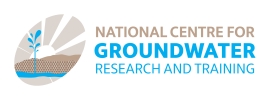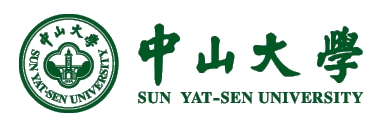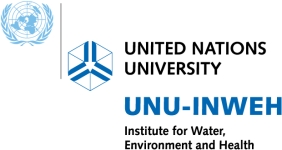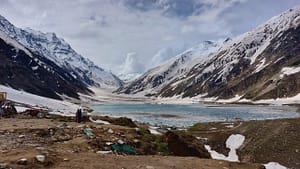“People have used groundwater for a long time, but this was a traditional practice and mostly for domestic use. Now it is different; I’ve found that many people use groundwater, but it really depends strongly on the area,” recounts Mr. Vytou Heang, an environmental science and management student at the National University of Laos. Some farmers either do not know how the groundwater can benefit agriculture, or they lack the technical skills required to implement it.
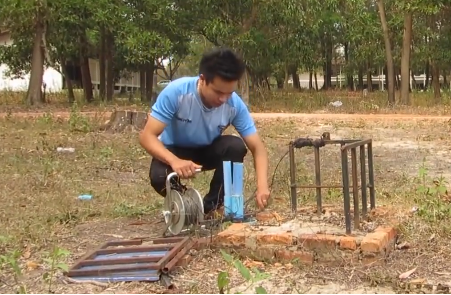
Taking field measurements to assess changes in groundwater level
Groundwater is an increasingly important resource to small-holders in Lao PDR and the key to catalyzing off-season agriculture and mitigating the effects of climate variability. The Water, Land and Ecosystems program, in collaboration with the Australian Centre for International Agricultural Research (ACIAR), has researched how sustainable groundwater irrigation can enhance the resilience and productivity of rainfed dominated systems in Lao PDR.

Testing how compost affects crop production at a farm in rural Lao PDR
In order to assess the benefits from agricultural groundwater use, researchers from the National University of Laos and the International Water Management Institute have set up a new groundwater irrigation facility on the Faculty of Water Resources campus of the National University. There, local students and academics test the effects of different soil and water management practices on crop productivity and groundwater resources. They also estimate suitable areas for shallow groundwater irrigation. The demonstration site is expected to continue to serve as an educational facility for future local extension workers beyond the duration of the research project.
In addition to the demonstration site, the project has produced a wide range of communication materials for farmers and government extension staff. In an informative new video, viewers in Lao PDR learn about groundwater resources and groundwater irrigation by following the experiments that students at the university have conducted over the past few years.
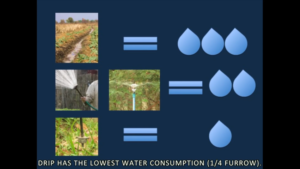
The students proved that drip irrigation conserves the most amount of water as opposed to furrow, spray, or sprinkler irrigation
By training and building the capacity of future water and agriculture technicians and managers, this project will enhance local knowledge on sustainable groundwater irrigation in Lao PDR in order to build more resilient and productive farming systems.
“Now people are very happy with this project because they understand that groundwater is very important for their livelihoods, and this makes us happy about our work,” said Mr. Heang, smiling.
To learn more about the Agricultural Groundwater Use Project in Lao PDR, click here.
Subscribe to GRIPP News for more updates.























